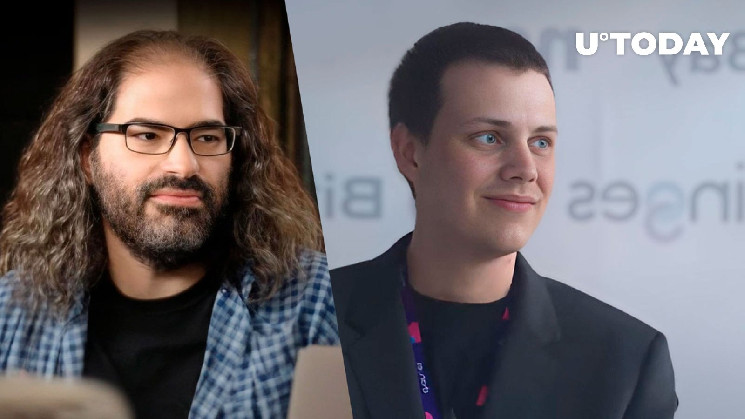Justin Bons caused controversy by claiming that layer 2 solutions do not scale blockchains effectively, and that they merely divert traffic from the main chain to compete for fees. Bons argued that limiting the capacity of layer 1 in favor of layer 2 is a misleading approach born of corruption.
Layer 1 blockchains, such as Ethereum, process transactions directly on the main chain, while Layer 2 solutions, such as Arbitrum, are built to increase transaction speed and reduce costs.
You cannot scale a blockchain through L2s
Because it directs traffic away from the chain instead of actually scaling it
In reality, L2s parasitically compete with the L1 over fees!
This is why limiting L1 capacity in favor of L2s is a perversion; born of corruption!
— Justin Bons (@Justin_Bons) June 18, 2024
Furthermore, Bons criticized the Ethereum ecosystem for being stuck at around a million transactions per day for the past four years. He pointed out that other blockchains, such as Solana (SOL), have achieved higher transactions per second than Ethereum and all its L2s combined. According to Bons, Ethereum has reached a scalability impasse.
Schwartz weighs in
In response to Bons’ comments, Ripple CTO David Schwartz, one of the original architects of the XRP Ledger, offered a different perspective. Schwartz argued that rate competition benefits users and only harms those who want to overload transactions.
He emphasized that this fee competition is consistent with the ethos of decentralization and self-sovereignty that blockchain technology espouses, and contrasted this with the idea that intermediaries profit excessively from transaction fees.
Schwartz’s comments indicate that while Bons views L2 solutions as insufficient for true scalability, the competition they bring could spur innovation and reduce costs for end users. This debate underlines the ongoing tension in the blockchain community over the best path forward for scalability and user-centric fee structures.













